ECOTEST Solutions for Special Purpose Vehicles

HANHELD DETECTOR INSTRUMENT
These are common portable instruments choice for a general laboratory radioactive material survey.

PERSONNEL EXPOSURE MONITORING INSTRUMENT
These instruments serve to measure radiation dose which is accumulated by a user.These highly refined and functional instrument can withstand significant temperature changes.

ISOTOPE IDENTIFICATION INSTRUMENT
Isotope identification instrument are designed to detect and localize radioactive and nuclear materials, as well as identify the types of radionuclides.
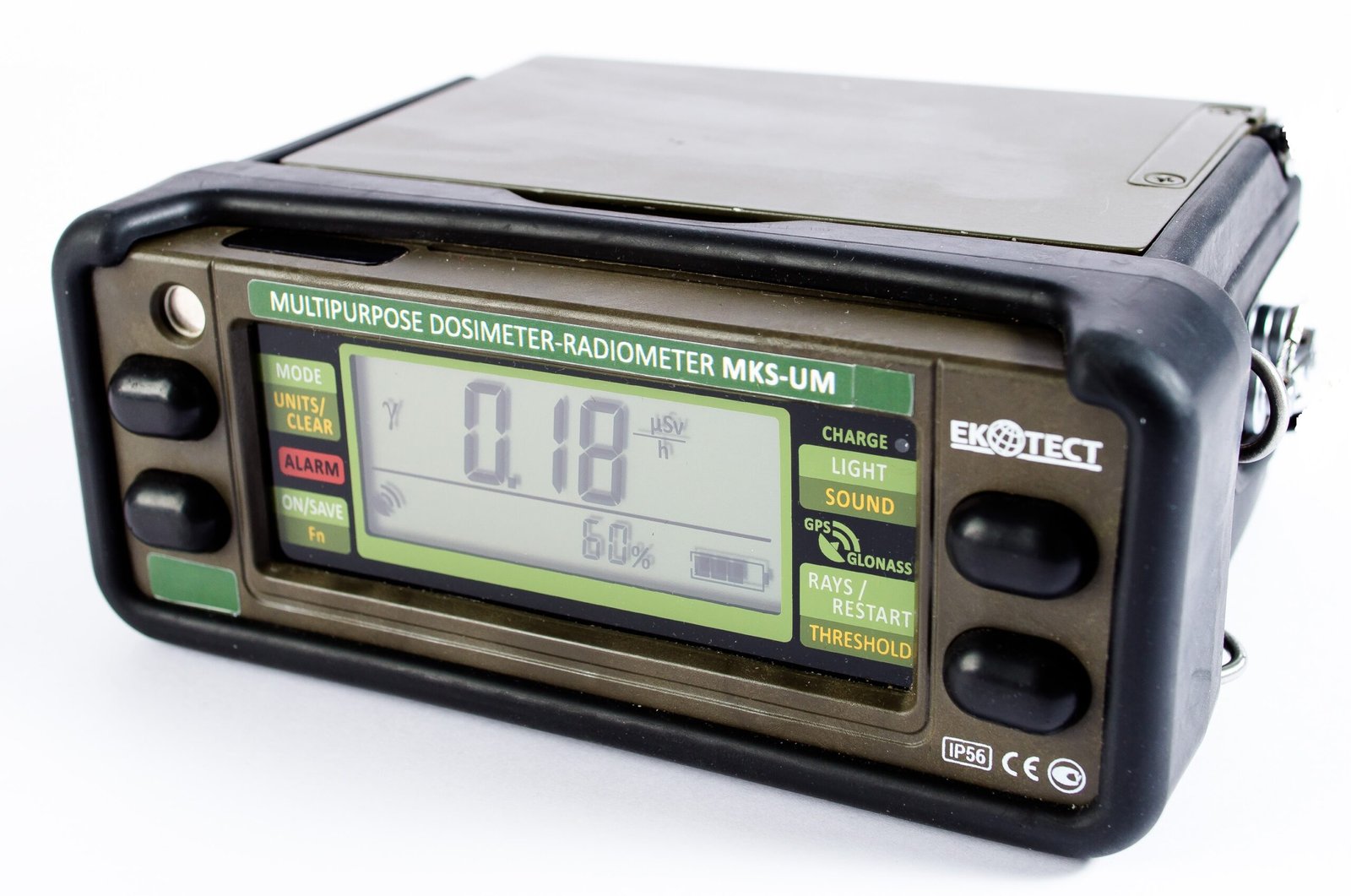
CONTAMINATION AND ACTIVITY MEASUREMENT INSTRUMENT
These instrument are designed on the basis of MKS-U, which gained an excellent reputation under severe desert conditions during peacekeeping mission.
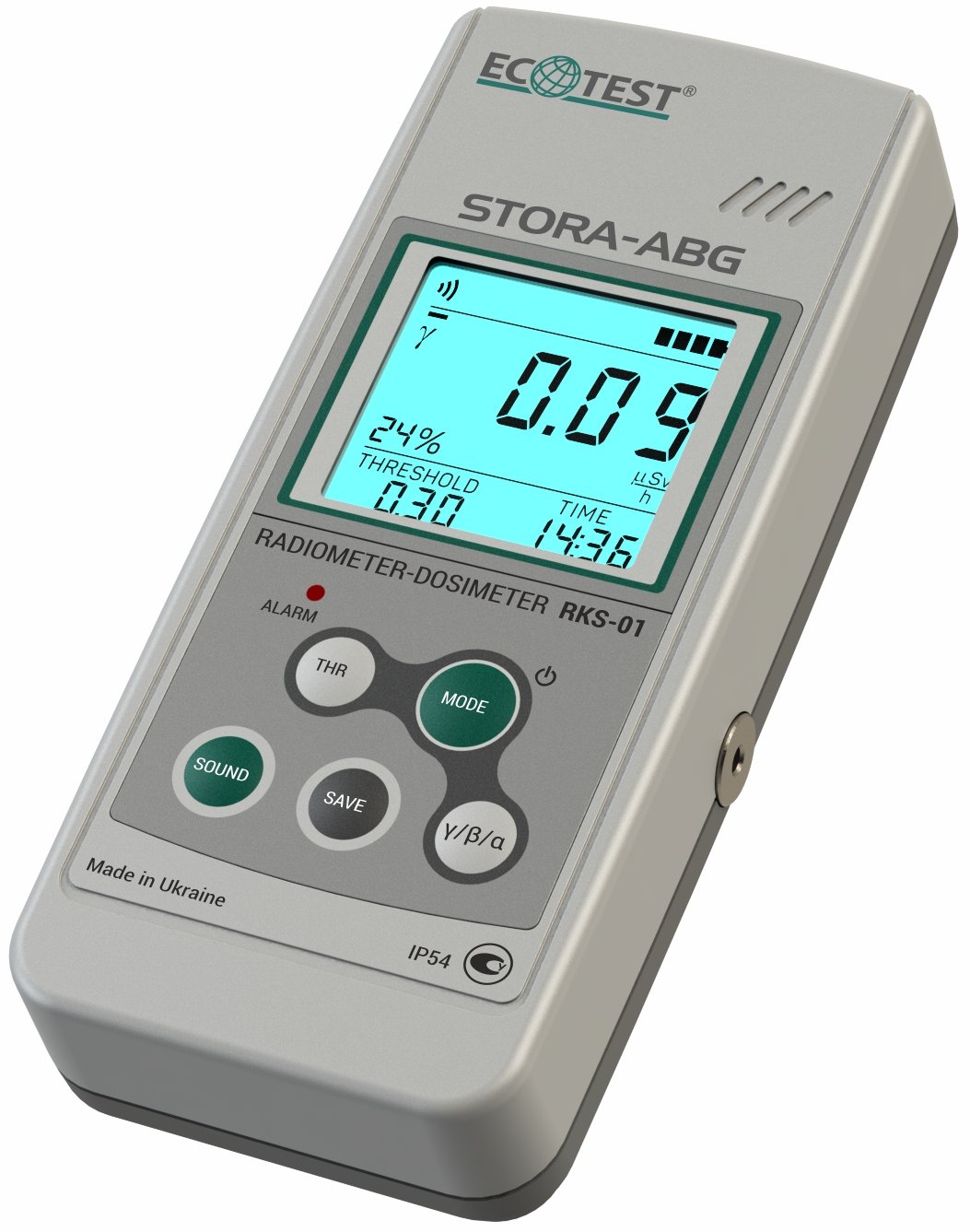
SURVEY MONITORS
These instrument are compact search device with a telescopic tube for quick detection and localization of alpha, beta, gamma, and X-ray radiation sources.

AREA MONITORING INSTRUMENTS
Area Monitoring Instruments displays information about ambient dose equivalent rate of gamma radiation, real time and temperature.
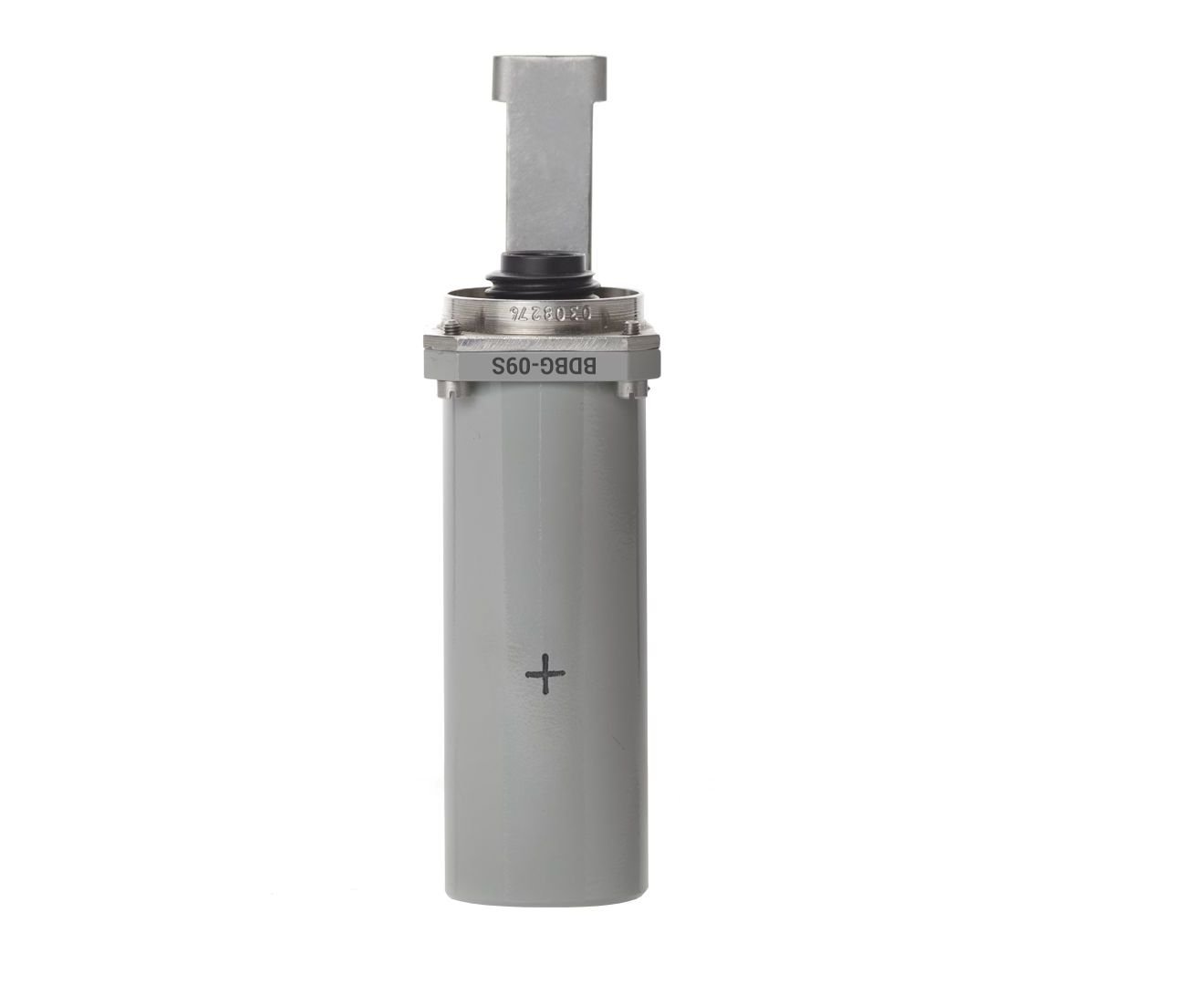
DETECTING UNITS
(PROBES)
These instruments are designed to measure dose equivalent rate of gamma radiation. Used for mobile laboratories, as a part of data panels and automated radiation monitoring systems.
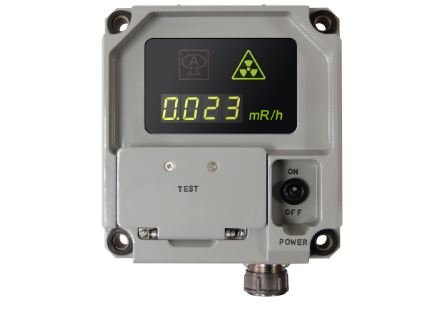
SOLUTION FOR SPECIAL PURPOSE VEHICLES
These instruments are designed for installation in special-purpose vehicles, in particular in radiochemical reconnaissance units of civil defense, and armed forces.
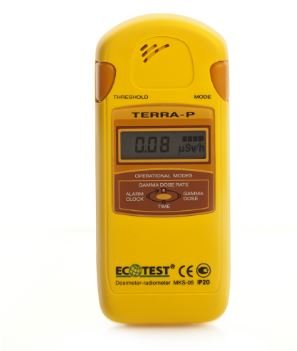
PERSONAL SAFETY EQUIPMENT
Personal Safety Equipment are designed to help you to check the radiation safety of your home, place of work and leisure, car, household items e.t.c
MKS-UM VRS On-Board Radiation Reconnaissance System

MKS-UM is not only a universal wide-range radiation survey device that is successfully used by law enforcement agencies. Now it’s a 2-in-1 instrument! MKS-UM can be used as part of the onboard radiation reconnaissance system MKS-UM VRS on land vehicles and on-board ships.
Onboard Radiation Reconnaissance System MKS-UM VRS includes:
Multipurpose Dosimeter-Radiometer MKS-UM
VRS Module
Two remote probes BDBG-T of gamma radiation detection
The concept of MKS-UM VRS installing on special-purpose transport.
BDBG-T gamma radiation detection probes are installed outside the vehicle on the left and right sides and provide constant monitoring of the radiation situation. Detection probes have a well-protected body made of stainless steel. A wide range of measurements is provided by two built-in scintillation detectors. The measurement results are transmitted to the VRS module via the RS-485 interface.
The VRS module is installed inside the vehicle in order to obtain data from external detection probes and display the results of their measurements on two digital LED displays. The VRS module provides communication between the MKS-UM control panel and the on-board computer of the vehicle via the RS-485 interface. The MKS-UM control panel is installed in the VRS module.
The MKS-UM control panel can be easily disconnected from the VRS module and be used autonomously as a portable survey device.
A full-range radiation survey device. Designed on the basis of MKS-U, which gained an excellent reputation under severe desert conditions during a peacekeeping mission in the Middle East.
In addition to gamma and beta radiation, the dosimeter can measure alpha radiation. There is an added possibility to archive measurement results with reference to the location coordinates with the integrated dual-system GPS / GLONASS receiver.
The device uses a lithium-ion memory-effect-free battery. The display indicates the statistical error of measurements.
Availability of the analog indicator of radiation intensity facilitates localization of radiation sources. High protection rating IP56 and a rubber protective case allow using the device in harsh climatic conditions.
It became even more comfortable to operate the device due to the reduced weight and dimension parameters.
BDBG-T gamma radiation detection probe
Measurement range of gamma and X-ray radiation DER 0.01 µSv/h … 20 Sv/h
Energy range of detected gamma radiation 50 KeV … 3 MeV
Main relative permissible error, not more than ±15 %
Operating temperature range -30 … +55 oC
Weight of the device, not more than 1 kg
Dimensions of the device, not more than 100 × 174 × 44 mm
Ingress protection level IP67
Data exchange between external gamma detection probes, MKS-UM control panel and the vehicle on-board computer
Display of measurement results from remote detection probes on two digital LED displays;
3 LED indicators of dimensions of measurement results (μSv/h, mSv/h, Sv/h);
The module is powered from the vehicle on-board network
DRG-T – Radiation Survey Device
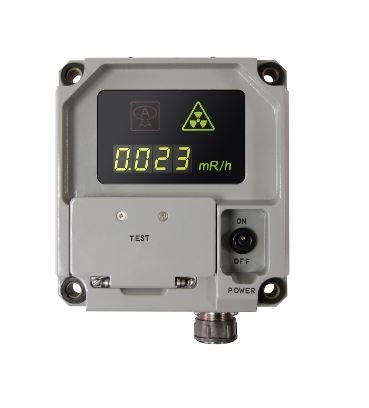
The board radiation survey device that generates signals and commands for crew life support systems.
The device is designed for installation in special-purpose vehicles, in particular in radiochemical reconnaissance units of civil defense, and armed forces.
It is used for continuous monitoring of gamma radiation exposure dose rate. DRG-T provides audio and visual alarms of dangerous levels of gamma radiation and generates commands to start the actuators of protection equipment. The device is endowed with high shock and vibration resistance.
Area of Use
The DRG-T radiation survey device is designed for use in special-purpose vehicles to control continuously and measure exposure dose rate (EDR) of gamma and X-ray radiation, as well as to provide audio and light alarms of dangerous levels of radiation, and to issue commands to start the actuators of protection equipment.
Highly resistant to shock and vibration.
Considers different attenuation degrees of gamma radiation.
Produces signals to display information on data panels of the vehicle.
Issues commands to start the actuators of crew protection equipment.
Ensures self-testing function of the device performance with and without commands issuing to the actuators.
Transfers data to the onboard computer.
| Measurement range of gamma radiation EDR from 1×10-5 to 1000 R/h. | ||||||||||||||
| Energy range of detected gamma radiation from 0.66 to 1.25 MeV. | ||||||||||||||
Main relative permissible error limit during measurement of gamma radiation EDR (relative to 137Cs) with confidence probability of 0.95:
|
SVNH-T System for determining the direction of the source of gamma rays
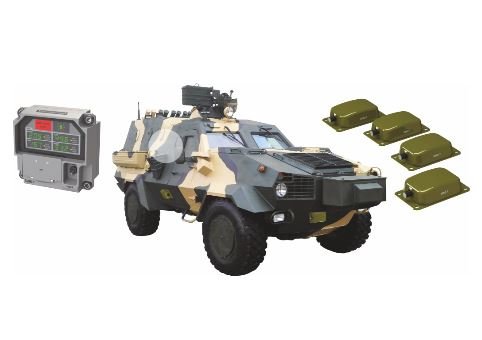
SVNH-T is a two-component system, designed to be mounted on CBRN reconnaissance vehicle. The system comprises a block for determining the direction of the source of gamma rays BVNG-T and removable gamma-ray detecting probes BDBG-T.
BVNG-T displays measurement results of gamma dose rate from exterior detecting units BDBG-T, indicates the direction of the radiation source, and transfers measurement results to the system of data collecting and processing (onboard computer).
BDBG-T measures gamma dose rate outside the vehicle. There are four pieces located on each side of the vehicle – left, right, back, and front.
| Block for determining the direction of the source of gamma rays BVNG-T | ||||||||
|---|---|---|---|---|---|---|---|---|
| number of channels for displaying the gamma background (Zv / h) with the help of digital indicators | 4 | |||||||
| mnemonic LED display to indicate the direction of the source of radiation to an accuracy of | ±22,5 degrees | |||||||
| sound signaling at excess of the given threshold levels with the possibility of its shutdown | ||||||||
| power supply from an onboard network with a voltage | from 9 to 32 V | |||||||
| power consumption is no more than | 60 watts | |||||||
| range of operating temperatures | from – 40 to + 55 deg. | |||||||
| shell protection | ІР54 | |||||||
| digital interface for connecting to an onboard computer | RS485 (RS232) | |||||||
| overall dimensions, not more than | 170 х 160 х 67 mm | |||||||
| weight, not more than | 2 kg | |||||||
| Removable gamma-ray detecting probe BDBG-T | ||||||||
|---|---|---|---|---|---|---|---|---|
| range of power measurements of the ambient dose equivalent of gamma radiation | from 0.1 μSv / h to 20 sV / h | |||||||
| energy range of gamma radiation registration | from 50 KeV to 3.0 MeV | |||||||
| energy nonlinearity relative to 137Cs | 25% | |||||||
| basic relative error of measurement | 15% | |||||||
| range of operating temperatures | from – 40 to + 55 deg | |||||||
| shell protection | ІР67 | |||||||
| digital interface for connecting to the unit BVNG-T | RS485 | |||||||
| overall dimensions, approximately | 100 х 174 х 44 mm | |||||||
| weight, approximately | 1kg | |||||||
| steel body | ||||||||
Software and Hardware Complex GeoRad

The software and hardware complex can be fixed on the vehicle and is used for construction of portable radiological and radiochemical laboratories.
It consists of two BDBG-09 detecting units of gamma radiation, BI-09 interface unit, GPS-antenna BULLET III TRIMBLE and specialized software. Personal computer can be included in delivery kit a at the customer’s request.
GeoRad is intended to measure ambient dose equivalent rate of gamma radiation and to pick up geographical coordinates and current time (from navigation satellites). Measurement results are displayed on a geographical map on the monitor of personal computer, and can be transmitted through radio channel.
Area of Use
Measurement of ambient dose equivalent rate (DER) of gamma radiation and acceptance of geographical coordinates and current time from navigation satellites.
Display of geo-referenced measurement results on the PC and archiving of these data.
Transfer of measured data through a radio channel.
Records measurement results of gamma radiation DER from each channel, as well as geographical coordinates and measurement time within a 500 ms interval.
Displays and saves measurement results on the PC as a text and as route points with reference to geographical map. There are two modes of information display: in set time intervals or when shifted for a specified distance.
Supports two threshold levels setting: warning threshold level and danger threshold level relative to each measurement channel of gamma radiation DER.
Sends sound signals and changes the information display color on the PC monitor when the measured DER exceeds the set threshold levels.
Warns about failures of the detecting units and the interface unit with sound signals, messages on the PC monitor and LEDs that become highlighted on the interface unit.
Works either with scanned geographical maps of the Client, or electronic maps GoogleMaps, GoogleEarth, etc.
| Name | Unit of measurement | Standardized values according to the technical specifications |
| Number of gamma radiation DER measurement channels | 2 | |
| Instrument for gamma radiation DER measurement | BDBG-09 detecting unitof gamma radiation | |
| Measurement range of gamma radiation DER | μSv/h | 0.04 … 107 |
| Main relative permissible error limit of gamma radiation DER measurement when calibrated to 137Cs with confidence probability of 0.95 | % | ±(15+2/H*(10)), where H*(10) is a numeric value of measured DER equivalent to μSv/h |
| Energy range of registered gamma radiation | MeV | 0.05 … 3.00 |
| Energy dependence of measurement results during gamma radiation DER measurement in the energy range from 0.05 MeV to 1.25 MeV | % | ±25 |
| Navigation system | GPS | |
| Navigation receiver | EB-500 TRANSYSTEM INC | |
| Maximum root-mean-square error in location determination | m | < 50 |
| “Cold” start time | s | 35 |
| “Hot” start time | s | 1.5 |
| Operating supply voltage range * | V | 9 … 36 |
| Supply current *, not more than | mA | 100 |
BDBG-15S Detecting Unit of Gamma Radiation
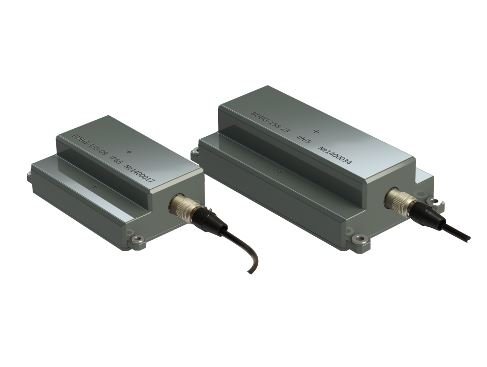
BDBG-15S is designed to measure ambient dose equivalent rate of gamma radiation in a wide range of values. Suitable for unmanned aerial vehicles, mobile robotic devices, and automated systems of radiation monitoring.
The distinctive features of this unit are high sensitivity with minimal weight and dimension parameters, high mechanical resistance, and lack of microphone effect. The ingress protection rating of the unit is IP65. The measurement range can be extended up to 5.0 Sv/h at the customer’s request.
BDBG-15S is available in three modifications: BDBG-15S-09, BDBG-15S-23, and BDBG-15S-90, which differ in size and sensitivity of scintillation detector.
Area of Use
Intelligent detecting units for measurement of ambient dose equivalent rate (DER) of gamma radiation in a wide range of values.
High sensitivity regardless of minimum weight and dimensions.
Ability to extend a measurement range up to 5.0 Sv/h (on request).
Availability of amplitude spectrum (1024 channels).
Ingress protection rating – ІР65.
High mechanical immunity.
No microphonics.
Detector Types
Scintillation CsI (Tl) detector with a photomultiplier for measurements in the 0.01 μSv/h to 50 μSv/h range (spectrum-dose function):
– 9 cm3 for BDBG-15S-09
– 23 cm3 for BDBG-15S-23
– 90 cm3 for BDBG-15S-90
Energy-compensated Geiger-Muller counter for measurements in the 50 μSv/h to 1.0 Sv/h range.
| Measurement range of gamma radiation DER | from 0.01 μSv/h to 1.0 Sv/h | |
| Main relative error in measurements – not more than | 15%. | |
| Energy range | from 50 keV to 3.0 MeV | |
| Energy dependence – not more than | ±25% | |
| Sensitivity for 137Сs at 1.0 μSv/h, not less than |
| |
| Operating temperature range | from -30 to +50 оС | |
| Supply voltage | from 7 to 32 V | |
| Current consumption – not more than | 30 mA | |
| Digital interface | RS-485 or UART(RX, TX-3.3V), selected by the customer | |
| Weight, not more than |
| |
| Dimensions |
| |
| Time to set the operating mode | 1 min | |
| Time of integration | 5-40 s | |
KDU-6BM Shipboard Radiation Monitoring Equipment
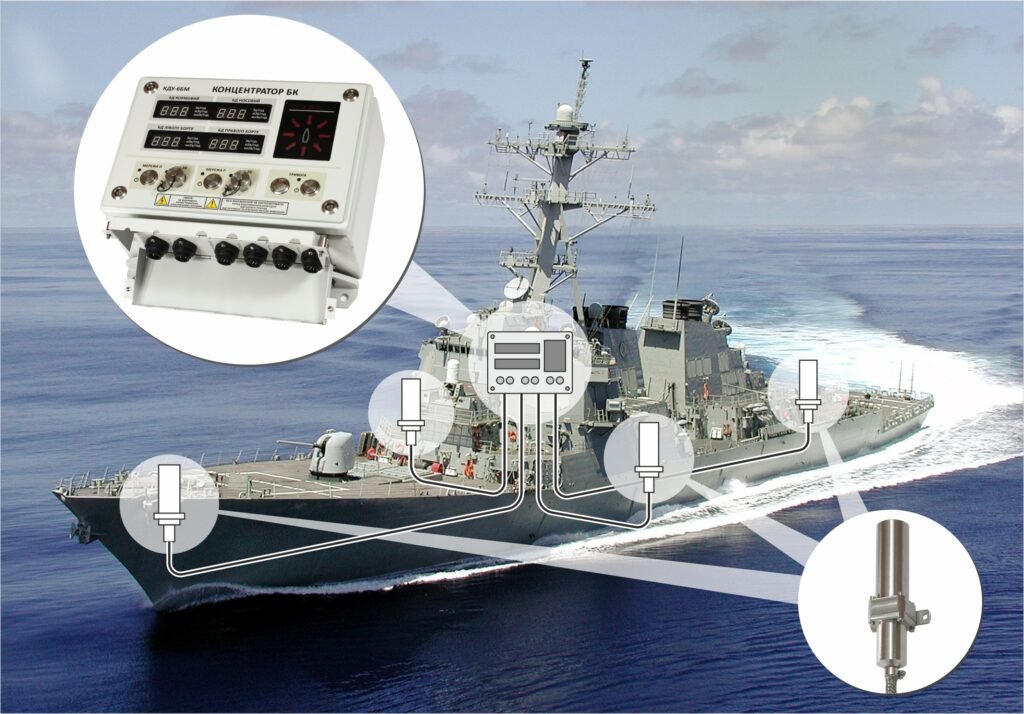
KDU-6BM is a state-of-the-art development replacing the outdated Soviet KDU-6B unit, which, unlike its predecessor, allows taking measurements ranging from background values, as well as more accurate determining of the direction towards the detected radiation source (four detecting units have been applied instead of two).
The product is a part of the ship’s life support system and is designed to collect, process, visualize information about radiation environment aboard and determine the direction towards the source of radiation in order to take measures on crew protection from ionizing radiation and radioactive contamination, and ship maneuvering in the area that has been exposed to radioactive contamination from nuclear weapons, man-triggered disasters or other reasons.
Area of Use
Display of measurement results of ambient dose equivalent rate (DER) of gamma radiation obtained from the BDBG-6BM detecting units of gamma radiation
Determining the direction towards the source of radiation
Sound and light alarms of exceeding the gamma DER threshold levels
Display of measured gamma radiation DER from 4 detecting units is simultaneous and continuous.
Application of the intelligent detecting units.
Detecting units have the function of the integrated detectors efficiency control with generation of check information.
Three-color digital indicators of measurement results have been applied.
Ability to automatically switch from the basic power system to the backup one without information loss.
| Key specifications of the detecting units | ||||||||
|---|---|---|---|---|---|---|---|---|
| Name | Unit of measurement | Standardized values | ||||||
| Measurement range of gamma radiation DER | μSv/h | 0.05 – 107 | ||||||
| Main relative permissible error limit of DER measurement at 137Cs calibration with 0.95 confidence probability | % | ±( 15+2/H*(10)),where H*(10) – is a numeric value of DER in μSv/h | ||||||
| Energy range of the detected gamma radiation | MeV | 0.05 – 3.00 | ||||||
| Energy dependence of measurement results of the detecting unit while gamma DER measurement within the energy range from 0.05 to 1.25 MeV | % | ±30 | ||||||
| Anisotropy of the detecting unit at gamma quanta incidence at angles from + 60o to -60o on horizontal and vertical planes with regard to the main measurement direction marked with “+” symbol, for 137Cs and 60Co isotopes does not exceed | % | ± 30 | ||||||
| Operating supply voltage range of the detecting unit from external stabilized power supply | V | 7 – 13 | ||||||
| Useful current of the detecting unit for the whole range of the measured gamma radiation DER, not more than | mA | 30 | ||||||
| Time of operating mode setting and measurement time of the detecting unit, not more than | min | 3 | ||||||
| Unstable readings of the detecting unit during 24 hours of continuous operation, not more than | % | 5 | ||||||
| Additional relative permissible error limit at measurement caused by environmental temperature change from – 40 to +60 оC | % | 5 per each 10 оC of deviation from +20 оC | ||||||
| Interface | RS-485 | |||||||
| Dimensions of the detecting unit without fastening elements, not more than | mm | 100 х 80 х 250 | ||||||
| Weight of the detecting unit without fastening elements, not more than | kg | 0.5 | ||||||
| Ingress protection rating | IP67 | |||||||
| Environment of use | ||||||||
| – air temperature | оС | -40 – +60 | ||||||
| – relative humidity | up to 100 % given +50 оС and lower temperatures with humidity condensation | |||||||
| Key specifications of the concentrator unit | ||||||||
|---|---|---|---|---|---|---|---|---|
| Name | Unit of measurement | Standardized values according to specifications | ||||||
| Range of gamma radiation DER values display | μSv/h | 0.01 – 107 | ||||||
| Time of operating mode setting, not more than | min | 1 | ||||||
| Time of continuous operation | hrs | 24 | ||||||
| Operating supply voltage | V | ~220(50 Hz) | ||||||
| Power consumption, not more than | W | 25 | ||||||
| Operating temperatures range | oС | 0 – +40 | ||||||
| Dimensions, not more than | mm | 390х390х175 | ||||||
| Weight, not more than | kg | 19 | ||||||
| Ingress protection rating | IP23 | |||||||
| Environment of the concentrator unit use | ||||||||
| – air temperature | oС | 0 – +40 | ||||||
| – relative humidity | up to 98 % given +40 oС and lower temperatures, non-condensing | |||||||
| The product provides for the two threshold levels of 0.3 μSv/h and 5 μSv/h. In case of exceeding, the concentrator unit changes the color of gamma radiation DER display, highlights the transparencies of the established direction towards the radiation source, and triggers audio alarm. If the value of the gamma radiation DER measured by any of the detecting units exceeds 5 μSv/h, the concentrator unit lights up “IN ZONE” transparency. | ||||||||

 ,where
,where 